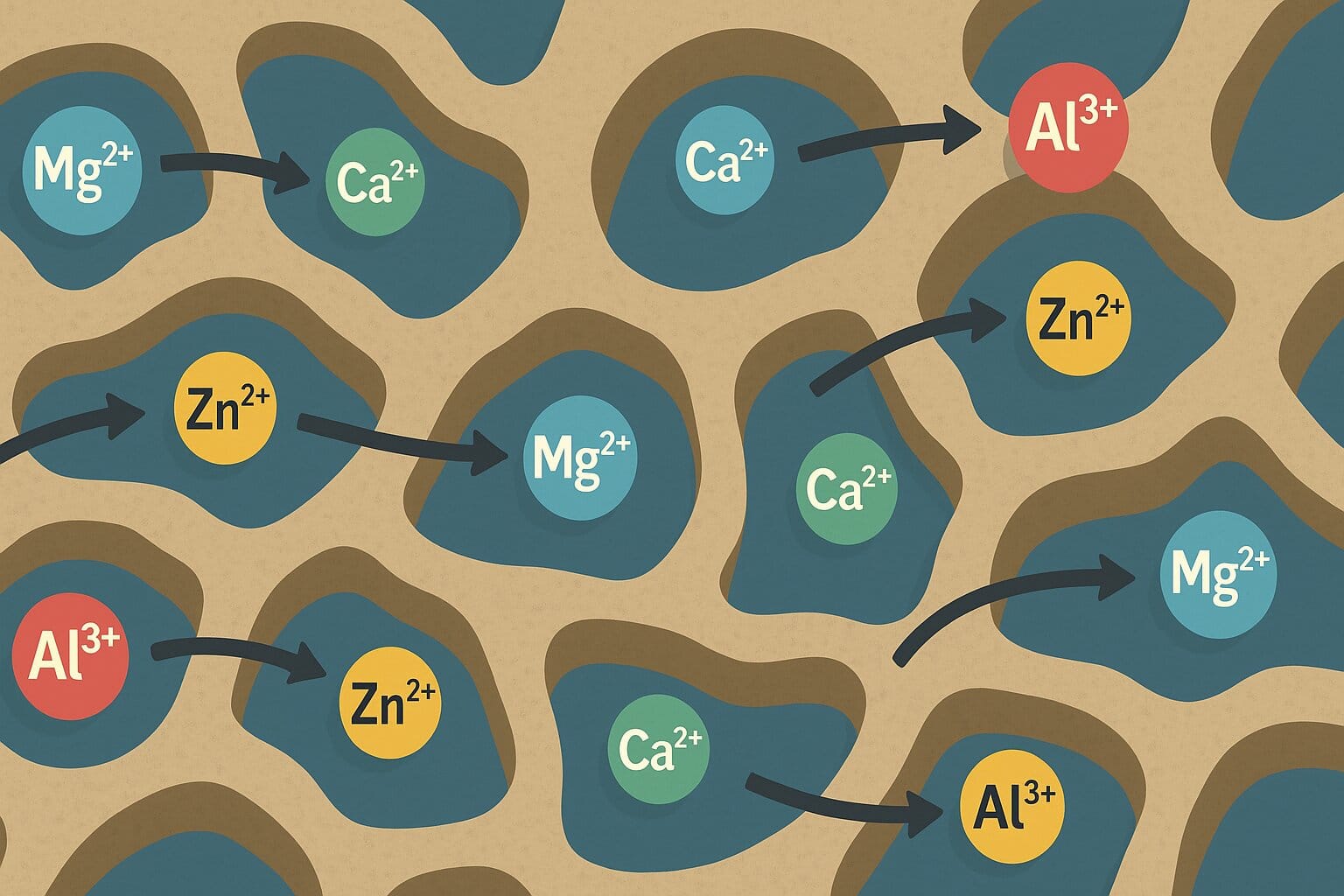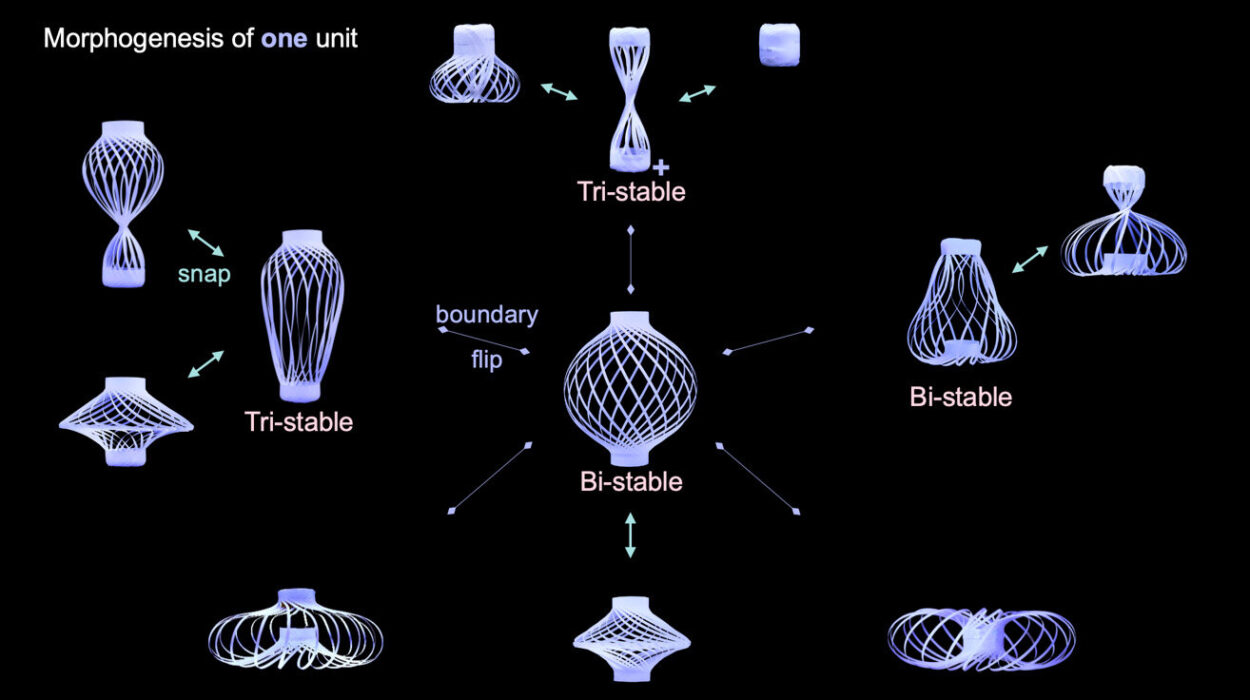At a time when the world is racing to power everything from smartphones to electric vehicles to renewable grids, the question of what comes after lithium-ion batteries looms large. Now, scientists at the New Jersey Institute of Technology (NJIT) have taken a bold step toward answering that question—with help from an unlikely partner: artificial intelligence.
In a groundbreaking study published in Cell Reports Physical Science, Professor Dibakar Datta and his team at NJIT reveal a revolutionary approach to designing battery materials using advanced generative AI models. Their work could pave the way for a new era of multivalent-ion batteries—energy storage systems that are not only more sustainable and cost-effective, but potentially far more powerful than today’s lithium-based technology.
“This isn’t just a materials discovery project,” said Datta. “It’s a whole new way of doing science.”
Why Lithium Isn’t Enough Anymore
Lithium-ion batteries have powered the digital age, enabling everything from laptops to Teslas. But they come with a heavy cost: limited global lithium supplies, environmentally harmful mining practices, and soaring production prices. The world’s growing hunger for battery power is beginning to strain the very resources we depend on.
That’s why scientists have long dreamed of an alternative—batteries made from more abundant, cheaper, and safer materials. Multivalent-ion batteries, which use elements like magnesium, calcium, aluminum, and zinc, promise to be just that. Because these elements can carry two or even three positive charges per ion—unlike lithium’s single charge—they could, in theory, store far more energy.
But there’s a catch. The same properties that make multivalent ions exciting also make them difficult to work with. Their large size and strong electrical charge make them hard to move through traditional battery materials without clogging or degrading performance.
“The chemistry is there,” explained Datta. “But the materials to make it work haven’t been—until now.”
Generative AI: A New Kind of Scientist
Traditionally, discovering new materials is slow, expensive, and uncertain. Researchers might spend years synthesizing and testing different combinations, with little guarantee of success. The NJIT team turned that model on its head.
Instead of testing materials one by one, they taught a computer to imagine them.
Using a specialized form of artificial intelligence called a Crystal Diffusion Variational Autoencoder (CDVAE), the team trained the system on a massive dataset of existing crystal structures. Like a skilled artist learning from the masters, the model learned to generate new, never-before-seen materials with structures that might be ideal for multivalent-ion transport.
Meanwhile, a second AI—a finely tuned Large Language Model (LLM)—was employed to evaluate the thermodynamic stability of these candidates. This was critical: for a material to be useful in the real world, it must not only conduct ions well but also remain stable under high energy conditions.
“The combination of these two AI systems allowed us to search through thousands of possibilities in a fraction of the time it would take in a lab,” Datta said. “It’s like having a team of tireless researchers working around the clock.”
Five New Materials That Could Change Everything
Out of this AI-generated avalanche of potential materials, five stood out.
The team identified five new porous transition metal oxide structures that showed extraordinary promise for next-generation batteries. These structures had large, open channels—critical for enabling the smooth movement of bulky multivalent ions like magnesium or zinc. The presence of these channels solves one of the main challenges facing multivalent-ion batteries: how to move larger ions quickly and efficiently without bottlenecking energy flow.
The NJIT researchers then validated these discoveries using quantum mechanical simulations—a rigorous method that allows scientists to predict how materials will behave at the atomic level. These simulations confirmed that the AI-generated structures were not only theoretically sound but also likely to be stable in real-world battery conditions.
“We didn’t just generate pretty pictures,” Datta emphasized. “These are real materials that could soon be in real devices.”
From Lab to Life: The Next Big Leap
Of course, virtual success is only the first step. The real test is whether these materials can be synthesized, scaled up, and built into functioning batteries. Datta and his team are now working closely with experimental chemists and material scientists to bring these AI-designed structures out of the digital realm and into the physical world.
If successful, the implications could be enormous.
Multivalent-ion batteries built with these materials could offer greater energy density, lower costs, and higher safety compared to lithium-ion batteries. This would be transformative not just for smartphones and electric vehicles, but also for grid-scale storage, where affordable, long-lasting batteries are critical for making wind and solar power viable around the clock.
“This is about democratizing battery technology,” Datta said. “We want to build batteries not just for the wealthy nations with access to lithium, but for everyone—using elements found almost everywhere on Earth.”
AI and Materials Science: A Marriage of Minds
Beyond batteries, the NJIT team believes their AI-driven approach could spark a revolution across all areas of materials science.
The same methods used to discover porous oxides could be adapted to find new semiconductors for quantum computing, coatings that resist corrosion, or membranes for carbon capture. In each case, AI offers a way to break free from the limitations of trial-and-error experimentation.
“We’re witnessing a fundamental change in how science is done,” Datta said. “AI doesn’t replace human creativity—but it supercharges it. It gives us a lens to see what was previously invisible.”
This sentiment echoes the early dreams of scientists like Albert Einstein, who imagined a universe governed by discoverable laws, if only we had the right tools to find them. Today, artificial intelligence may be that tool—not a black box, but a microscope for the imagination.
The Road Ahead: Challenges and Hopes
Despite the excitement, challenges remain. Scaling up battery production, ensuring environmental safety, and navigating regulatory approvals will take time. But the momentum is growing, driven not only by the promise of better batteries but by the urgent need to address climate change and energy inequality.
For Professor Datta and his team, this is a personal mission as much as a scientific one.
“We’re not just solving equations,” he said. “We’re building the future.”
As the world looks beyond lithium and toward a greener, more equitable energy landscape, NJIT’s fusion of AI and materials science stands as a beacon of what’s possible—when human ingenuity and machine intelligence work together in harmony.
More information: Joy Datta et al, Generative AI for discovering porous oxide materials for next-generation energy storage, Cell Reports Physical Science (2025). DOI: 10.1016/j.xcrp.2025.102665






